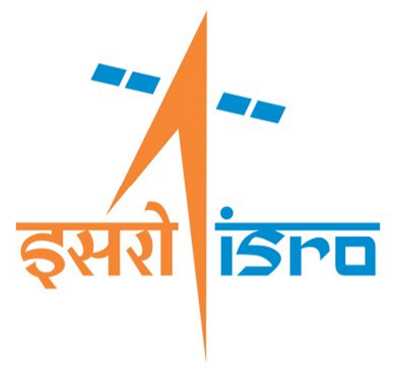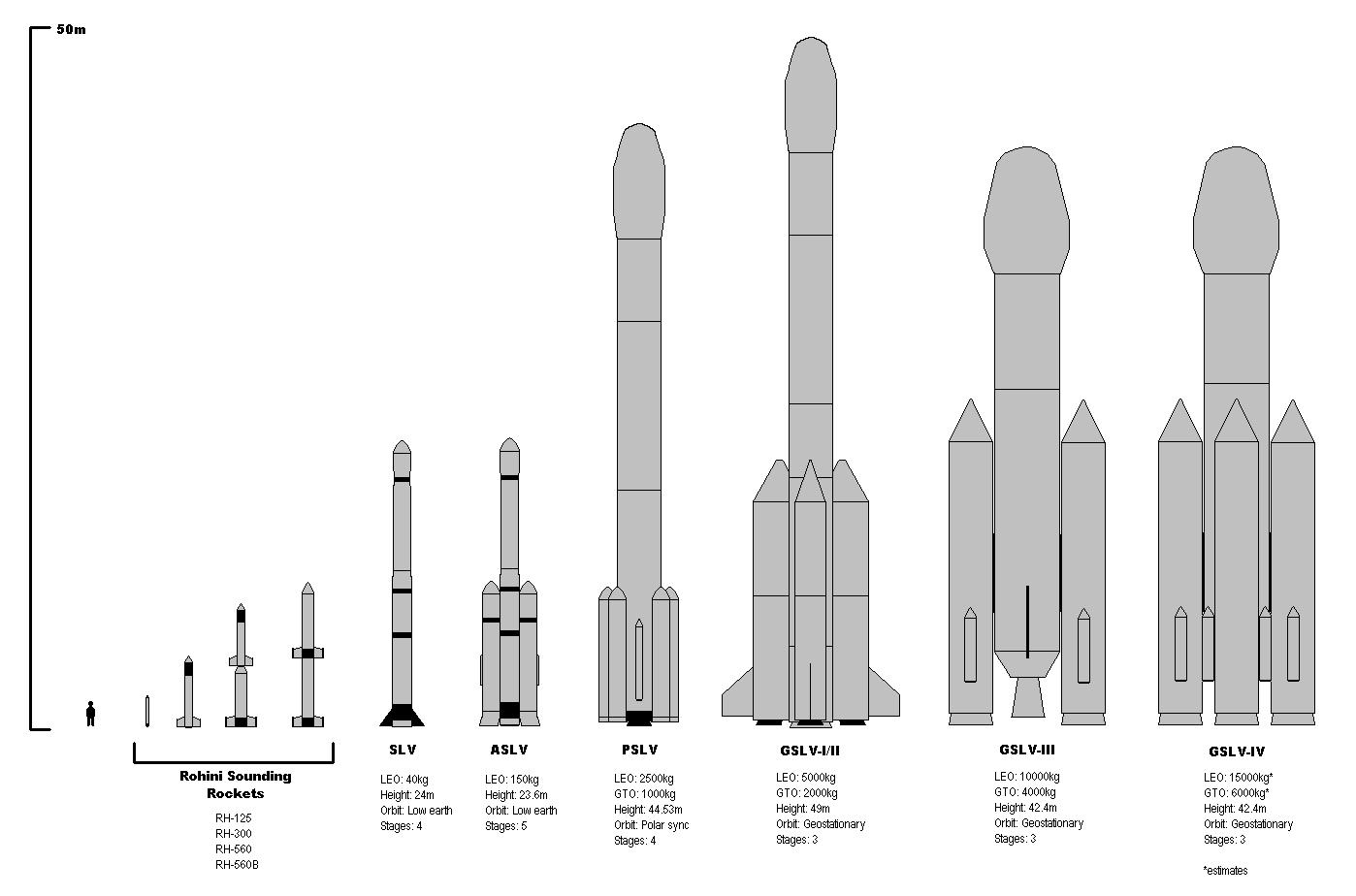India To Have Its Own GPS By 2015
According to Indian Space Research Organisation chairman K. Radhakrishnan, India could have its own satellite navigation system (similar to that of the Global Positioning System or GPS) by the end of this year. It seems that ISRO's major objective this year is making the Indian Regional Navigation Satellite System (IRNSS) functional. India's First Navigation Satellite System To Be Launched On June 12, Shares ISRO exclusively for India. Apart from that, ISRO will be launching five satellites from foreign countries in 2014. Currently, ISRO is gearing up for the launch of IRNSS-1B which is scheduled at April 4, 17:14 IST. This satellite is the second in the IRNSS series. The first one, IRNSS-1A IRNSS 1A - India's First Navigational Satellite Is Ready For July 01 Take-Off

The GPS is a sat-nav system providing accurate geographical location to any person with a GPS reciever anywhere on, or near Earth, as long as there is an unobstructed line of sight to four or more GPS satellites. But, the GPS is maintained by the US Government. In other words, a person using GPS has his/her data at the mercy of the US Government. This becomes a particular point of concern since GPS is also being extensively used by the military. Therefore, a few nations have developed or are developing their own navigational systems. These include Russia's GLONASS, China's BeiDou Satellite Navigation System, Japan's Quasi-Zenith Satellite System and the European Union's Galileo Satellite Navigation System.
The IRNSS will provide accurate position information service to users within the country and up to 1,500 km from the nation's boundary line. It is a 7-satellite program but only four will be needed to make it operational. These satellites will be used for used for navigation (marine, aerial and terrestrial) and also for disaster management, vehicle tracking and fleet management, integration with mobile phones, mapping and geodetic data capture among other uses. Although ISRO has not commented on the strategic use of this system, it is obvious that this will used for military purposes too.
The IRNSS-1B, satellite to be launched on April 4, has an operational life of 10 years and will be launched by an indigenous Polar Satellite Launch Vehicle (PSLV). After IRNSS 1-B, two more satellites in this series will be launched in the second half of 2014. But before that ISRO will hopefully add more feathers to its cap by sending a French SPOT-7 and 4 other foreign satellites in a PSLV rocket and also test its Geosynchronous Satellite Launch Vehicle (GSLV) Mark III rocket, the very same launch vehicle which is expected to take ISRO Develops Capsule To Take Humans Into Space.

Source: #-Link-Snipped-#

Why do we need another navigation system when we already have GPS?
The GPS is a sat-nav system providing accurate geographical location to any person with a GPS reciever anywhere on, or near Earth, as long as there is an unobstructed line of sight to four or more GPS satellites. But, the GPS is maintained by the US Government. In other words, a person using GPS has his/her data at the mercy of the US Government. This becomes a particular point of concern since GPS is also being extensively used by the military. Therefore, a few nations have developed or are developing their own navigational systems. These include Russia's GLONASS, China's BeiDou Satellite Navigation System, Japan's Quasi-Zenith Satellite System and the European Union's Galileo Satellite Navigation System.
The IRNSS will provide accurate position information service to users within the country and up to 1,500 km from the nation's boundary line. It is a 7-satellite program but only four will be needed to make it operational. These satellites will be used for used for navigation (marine, aerial and terrestrial) and also for disaster management, vehicle tracking and fleet management, integration with mobile phones, mapping and geodetic data capture among other uses. Although ISRO has not commented on the strategic use of this system, it is obvious that this will used for military purposes too.
The IRNSS-1B, satellite to be launched on April 4, has an operational life of 10 years and will be launched by an indigenous Polar Satellite Launch Vehicle (PSLV). After IRNSS 1-B, two more satellites in this series will be launched in the second half of 2014. But before that ISRO will hopefully add more feathers to its cap by sending a French SPOT-7 and 4 other foreign satellites in a PSLV rocket and also test its Geosynchronous Satellite Launch Vehicle (GSLV) Mark III rocket, the very same launch vehicle which is expected to take ISRO Develops Capsule To Take Humans Into Space.

Source: #-Link-Snipped-#
Replies
You are reading an archived discussion.
Related Posts
This discussion may look insane to many of you but the idea behind this discussion is to share what you know in your field.
Just post your project topic
Fellow...
https://hostcabi.net/domain/crazyengineers.com
Check out this link!
@Kaustabh Katdare
Apple is planning to make texting while walking safer by introducing a new Application called "Transparent Texting" which allows users to see what is in the front of their eyes...
Is anybody help me?............. How to do it?.................
Lava has announced a new addition to their range of mid-range smartphones today. The Lava Iris 550Q was unveiled at a price tag of Rs. 13,000. The launch date of...
